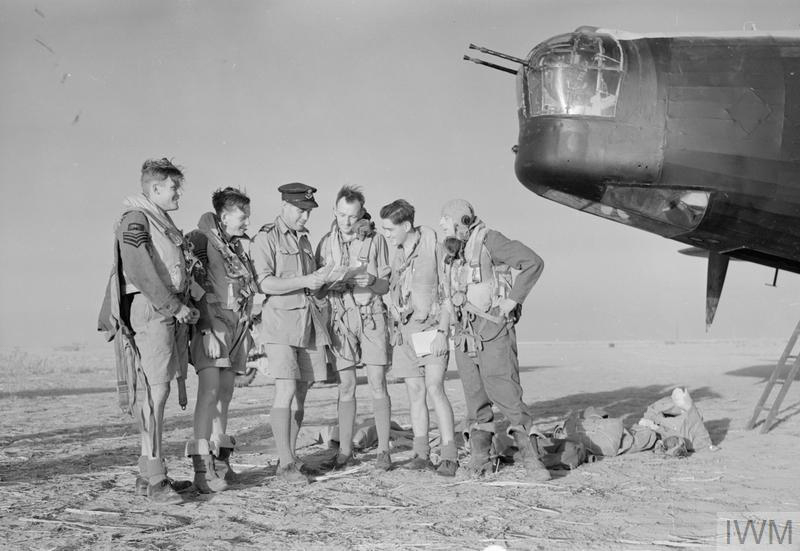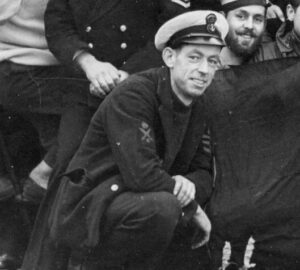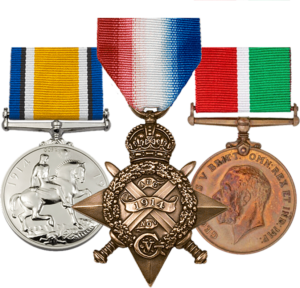William enlisted into the RAF at Padgate between September 1939 and February 1940. He was posted to Bomber Command with service number 1067545 and trained as a Wireless Telegraphist/Air Gunner – the wireless operator transmitted all messages to and from the aircraft to their base, and also served as the reserve gunner and addressed any minor emergencies in any part of the aircraft. If the aircraft got into difficulties, he had to send out positional signals. If the aircraft had to ditch into the sea, he had to remain at his post to send out a distress signal to improve the crew’s chance of being located and rescued.
William joined the crew of Squadron Leader Alan Thompson, comprising navigator Pilot Officer Peter Playfair, bomb aimer Sergeant Walter Marsh and air gunner Sergeant J. McNab. They were posted together to No.142 Squadron, which was flying Wellington bombers from Kairouan in Tunisia, where they arrived on the morning of 17 July 1943.
The crew’s first operation was on the night of 19/20 July when they raided Aquino aerodrome, located about 50-miles north of Naples. The nine aircraft formation successfully hit the target, with William’s crew dropping eighteen 250 lb bombs parallel to the hangars. They did not have to wait long for their next operation, taking off just 20 hours later. They were continuing the policy of striking aerodromes with an attack on Crotone on the heel of Italy, dropping twelve 250 lb and three 500 lb bombs with delayed fuses from the south side to the middle of the aerodrome. All seven aircraft in the raid returned safely.
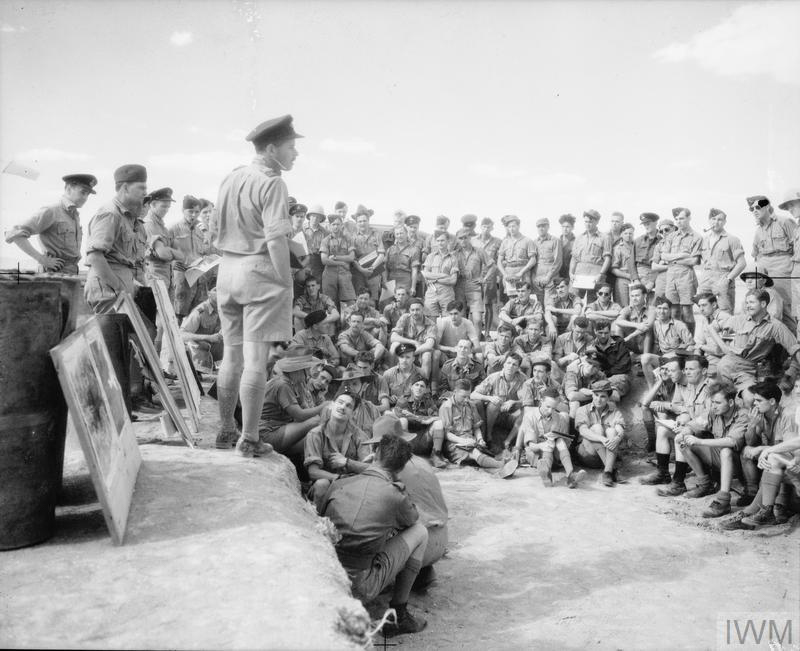
After a night’s rest, the crew were launched again on the night of 22/23 July to attack the Practica di Mare base near Rome. It was noted that the illuminating aircraft dropped the flares well over the target, and bombs from the seven aircraft appeared to straddle it. William’s crew reported seeing buildings and aircraft on fire. The crew then had a few days’ rest, although unintentionally as a heavy thunderstorm caused considerable damage to the tentage, and planned operations against Naples were cancelled as the crews sat in their aircraft waiting to depart. The squadron was stood down for the following day after the fall of Mussolini was announced over the radio.
The crew were back in the air on the night of 26/27 July when they joined a raid of ten aircraft to bomb Capodichino aerodrome in Naples. They found the target difficult to identify and were subsequently uncertain as to whether it was hit as no fire was seen. The crew then had a break of over a week as they awaited the imminent fall of Italy, and perhaps for it to join the allies. Their next operation was undertaken on the night of 4/5 August, when they attacked Battipaglia, about 12 miles south of Salerno. They carried nine 500 lb bombs which were noted to fall outside of the marshalling yards but still on the railways.
Two nights later the crew took off for the final time. The Allies had landed in Sicily on 9/10 July, and as Patton and Montgomery closed in on the north-eastern port of Messina in early August, the German and Italian armies began to evacuate 100,000 soldiers across the Strait of Messina to the Italian mainland. The operation was to attack the Germans on the beach, with Wellington X serial HF763 launching at 0030 loaded with fourteen 250 lb bombs. Sergeant McNab had been replaced by Flight Sergeant Peter O’Loghlen, which was curious as he was a pilot. The aircraft was never seen again, and in 1948 they were officially reported as having been lost at sea.
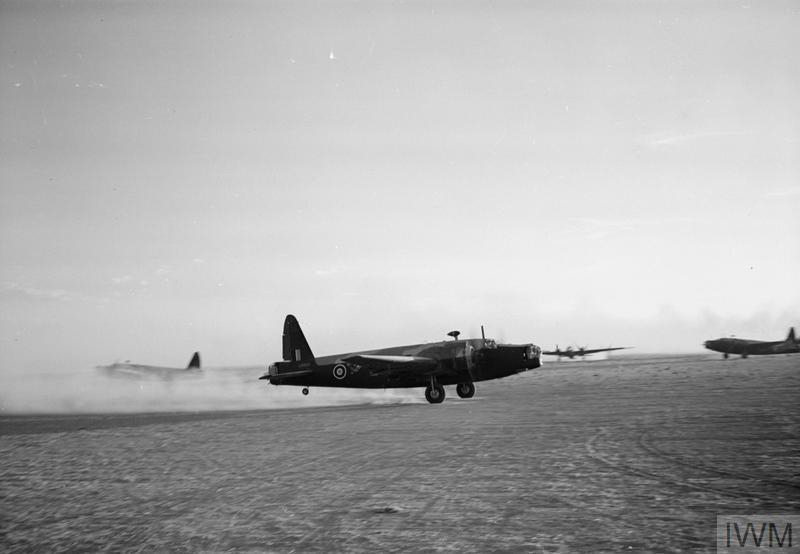
William was aged 20 when killed and had been flying operations for just 21 days. He is remembered on the Malta Memorial (Panel 8, Column 2), situated just outside the main entrance to Valletta. It commemorates almost 2,300 airmen who lost their lives during the Second World War whilst flying from bases in the region and who have no known grave. The Memorial was unveiled by Queen Elizabeth II on 3 May 1954.
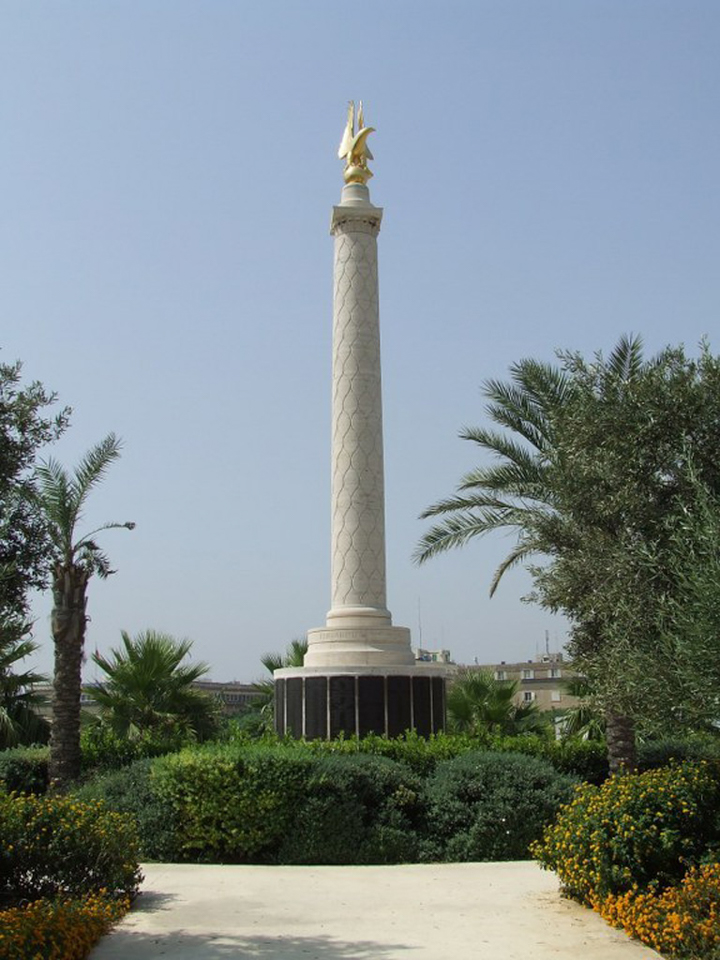
Squadrons
- 142 Squadron (1943)
Medals




